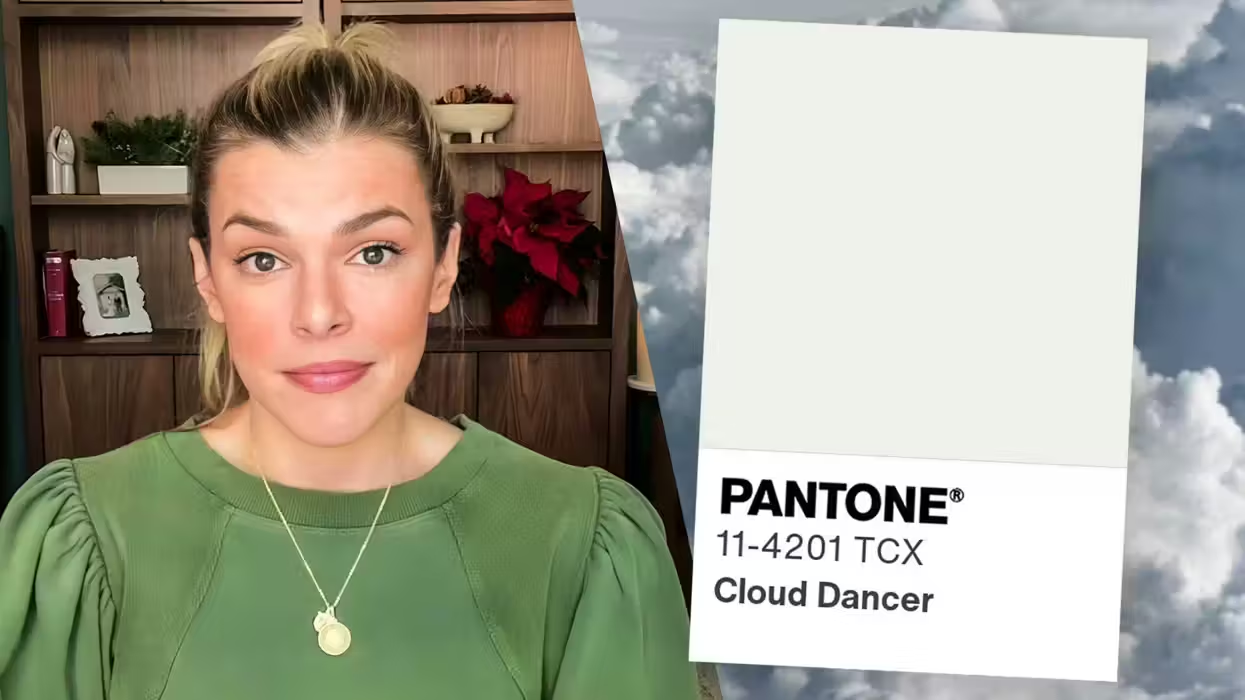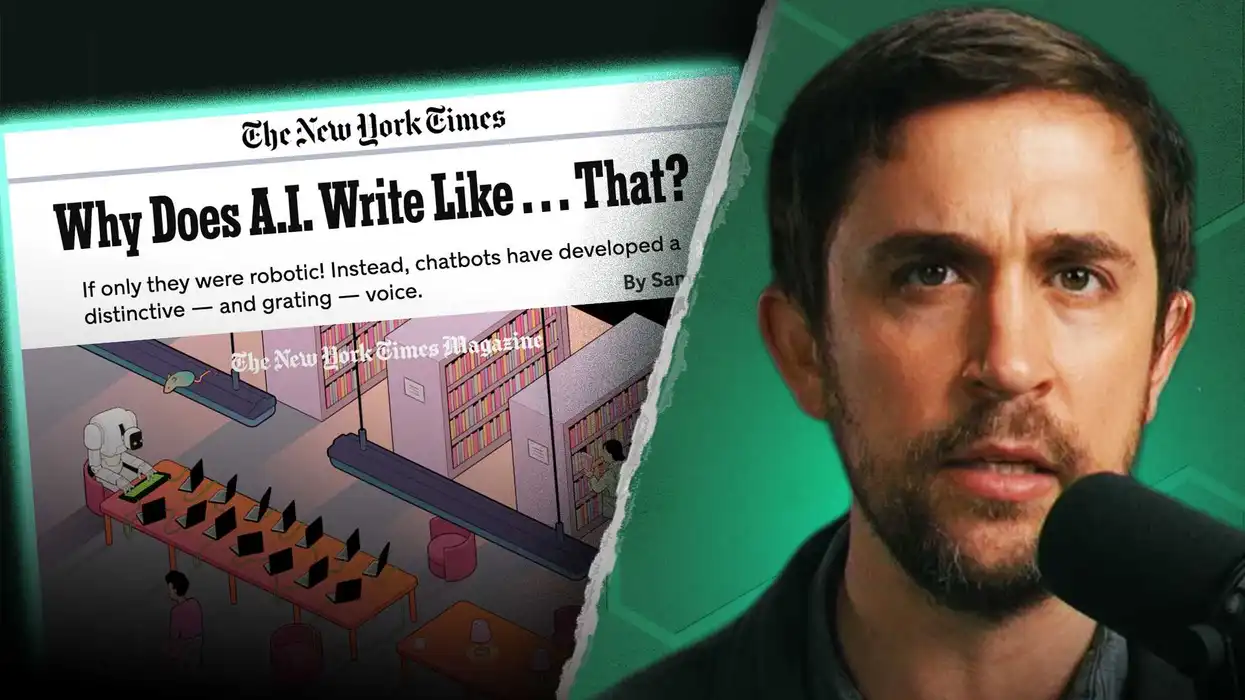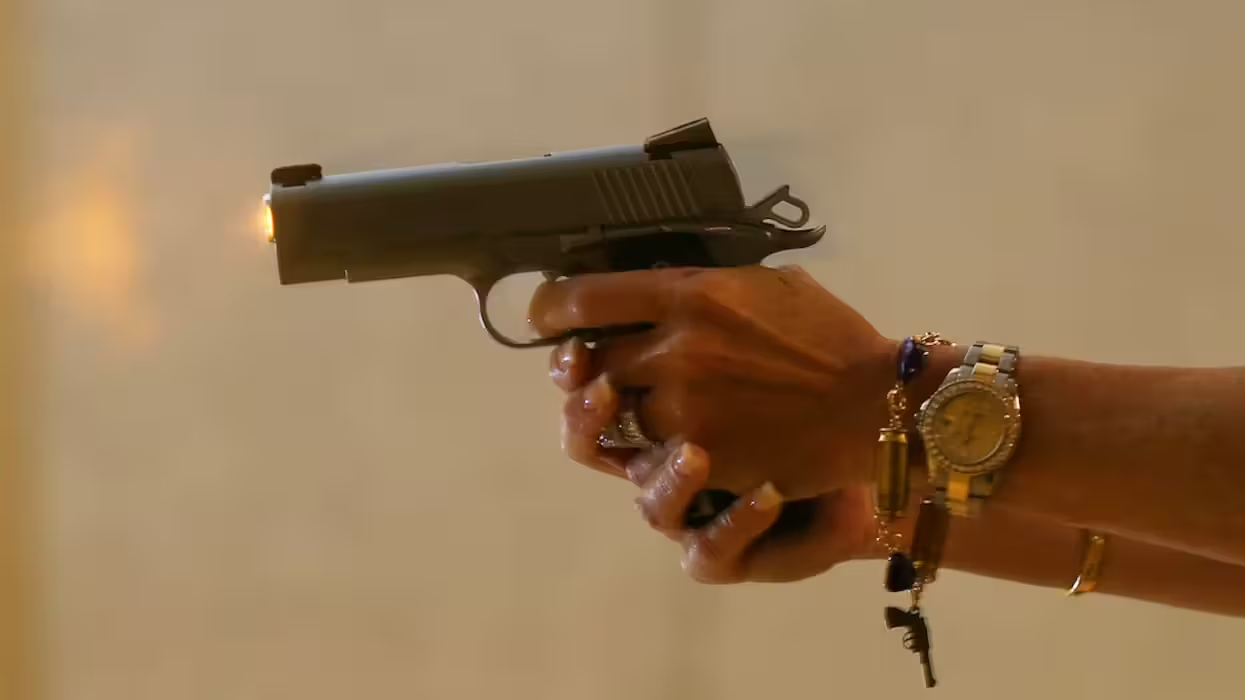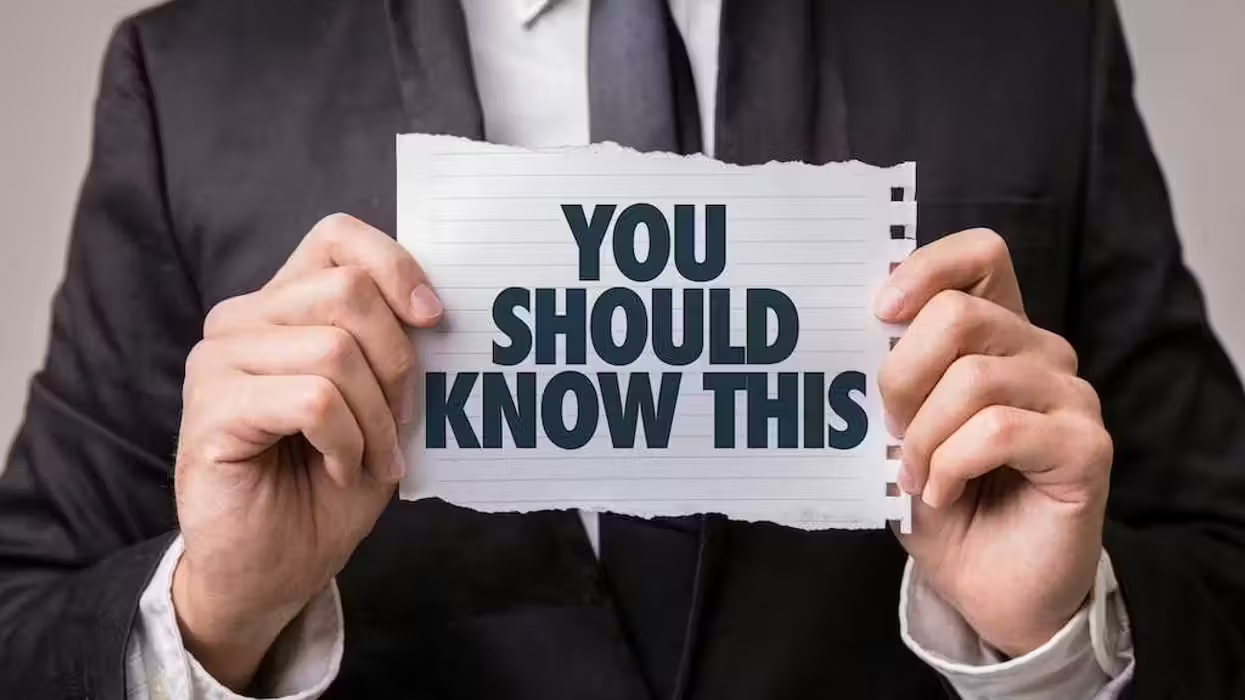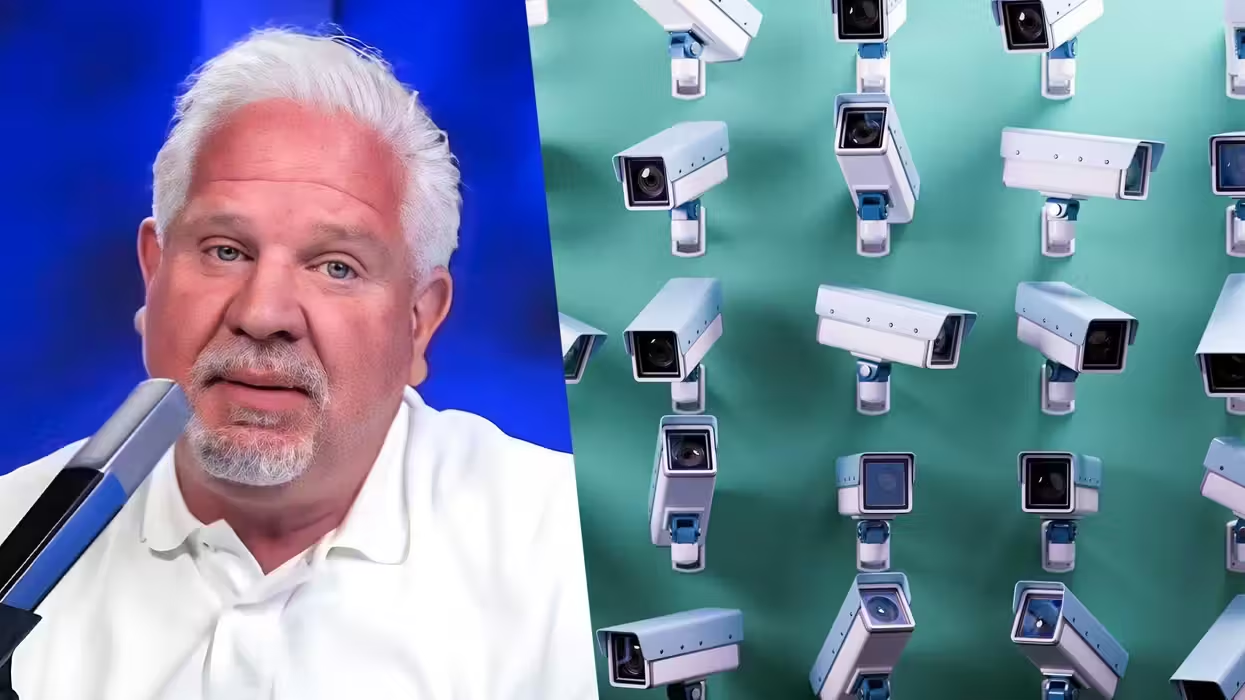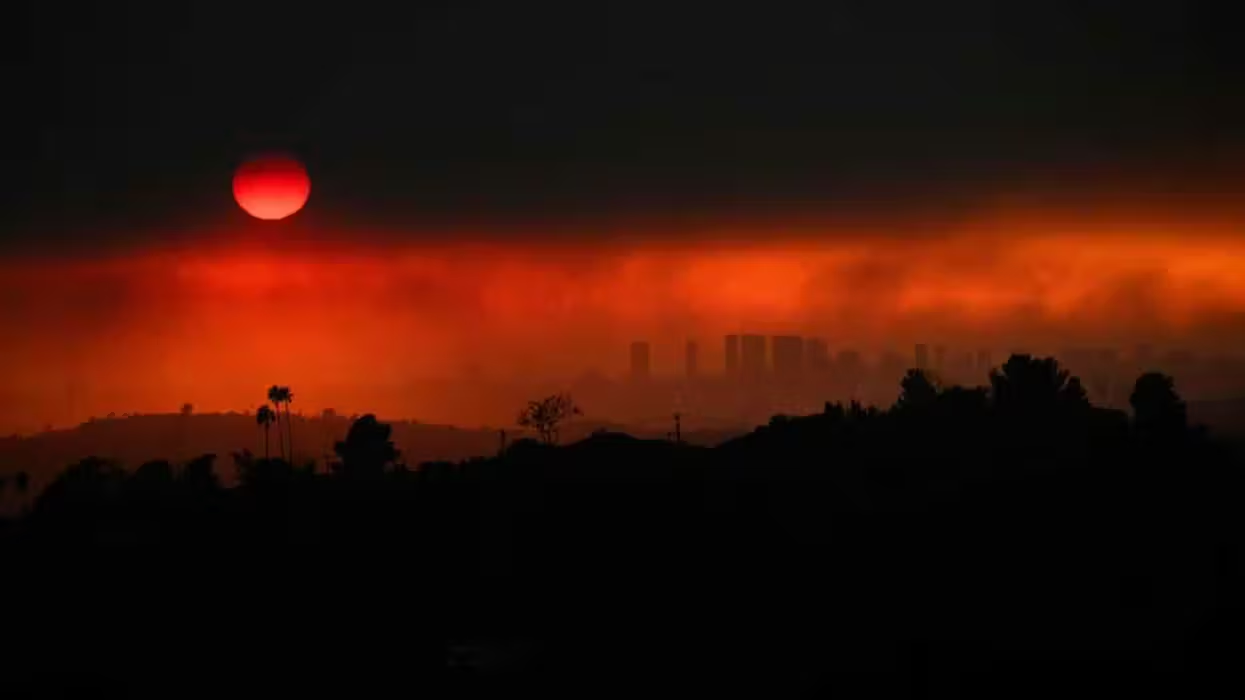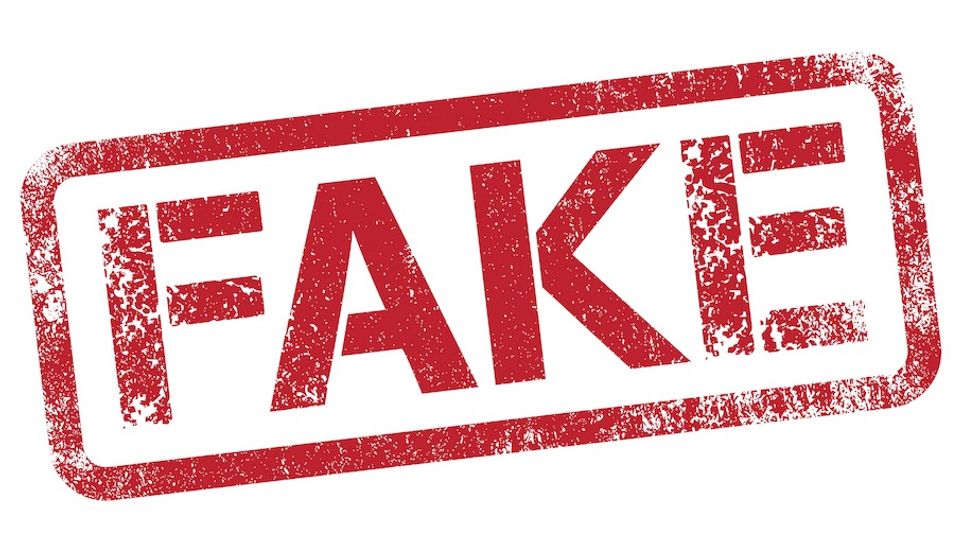
© 2025 Blaze Media LLC. All rights reserved.
The first total solar eclipse to occur in four years took place this morning and made for some beautiful photos, but not these ones.
As with many big celestial moments that receive a lot of attention leading up to the event, some fake images or pictures from solar eclipse past are being shared. Here's one to watch out for:
This solar eclipse photo is fake pic.twitter.com/6fyoX50M5k
— Anthony Quintano (@AnthonyQuintano) March 20, 2015The image in the tweet above was actually called out as a fake a few years ago. Discover Magazine's blog pointed out at the time when some were saying it showed an eclipse from the International Space Station that it's actually artwork by a Japanese artist.
Neetzan Zimmerman for The Hill pointed out that the artistic image has been shared more than 15,000 times, compared to a real photo taken by an ISS astronaut that has only been shared around 700 times.
This photo is also circulating on Twitter. It's real but from a solar eclipse in the past, according to Discover Magazine:
Interesting Photo of the Day: Plane Soars Through a Solar Eclipse https://t.co/OpzTsTFt24 #photography @picturecorrect pic.twitter.com/cAsXZmxQNx
— kuchiFm Fotos (@hacerfotos) March 19, 2015Now for the good stuff. These are some other legitimate photos from the eclipse that took place Friday morning:
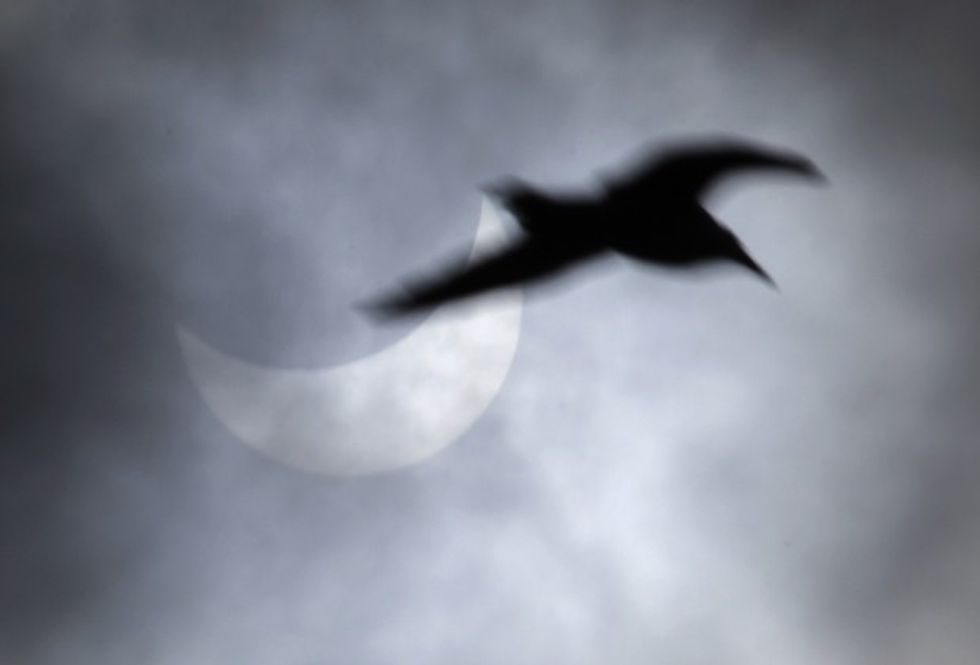
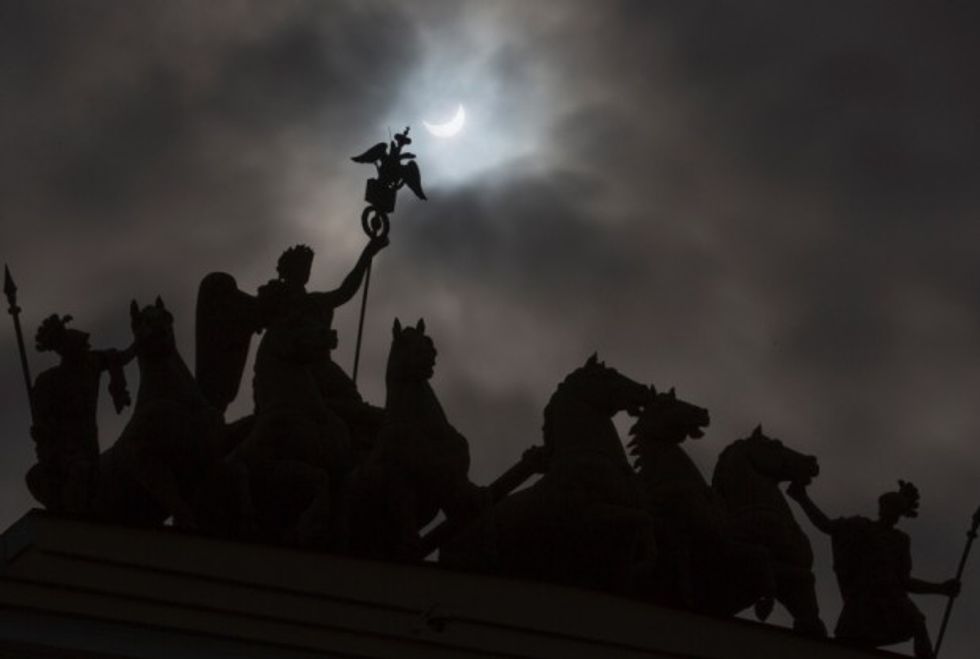
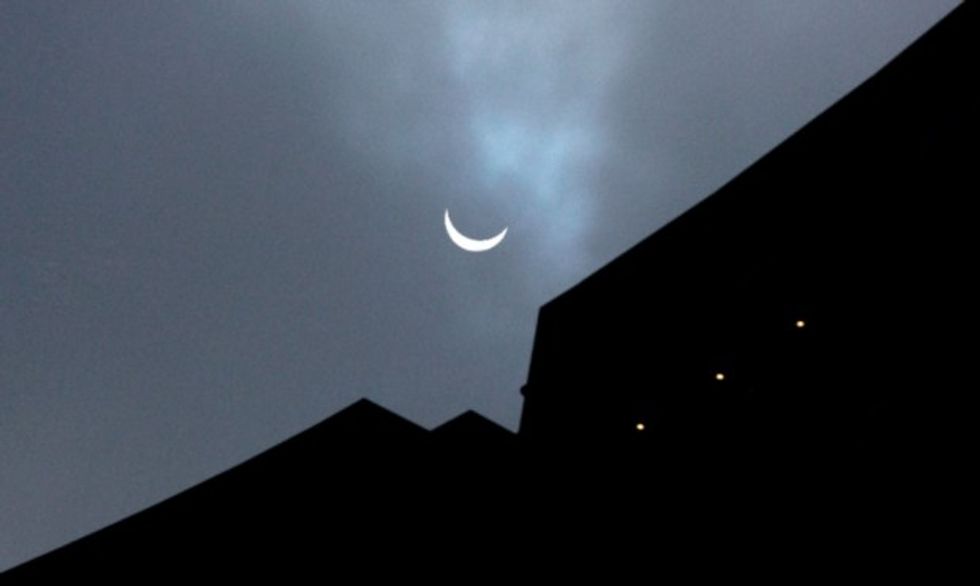
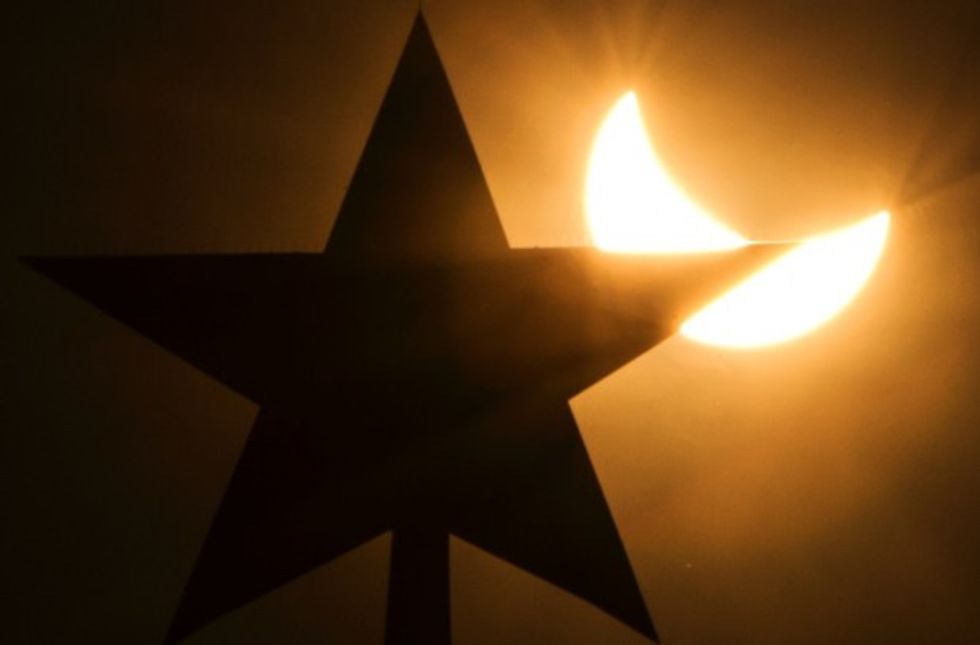
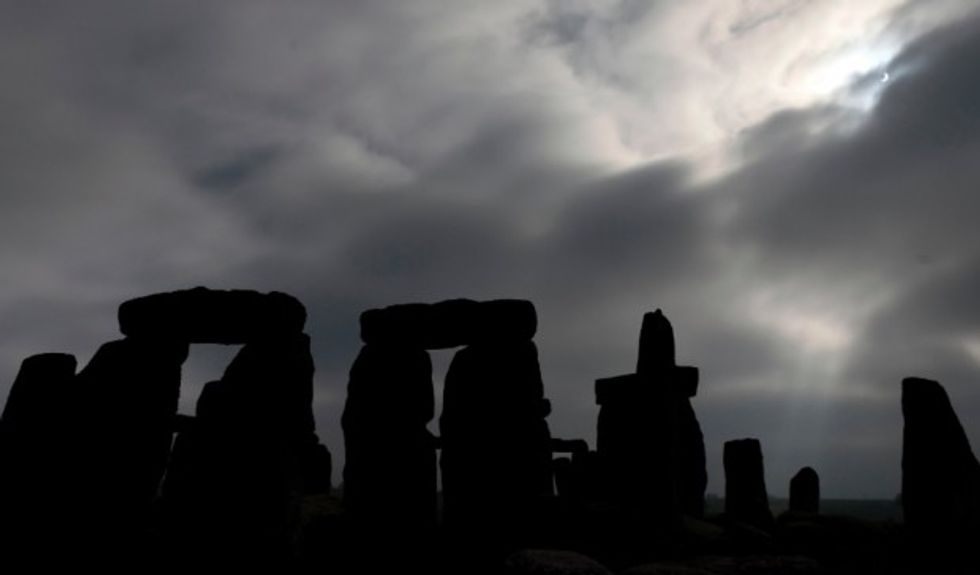
The Faeroes and Svalbard were the only two places on land where the eclipse could be seen in full.
Despite the clouds in the Faeroes, tourists and residents in Torshavn alike hooted and applauded as the daylight dimmed for about 2 minutes and 45 seconds.
"It was a pretty big disappointment not to be able to see the sun," said Janaki Lund Jensen, who had sailed from Copenhagen with 884 others to see the eclipse. Hotel rooms have been booked for years as thousands came to the Faeroe Islands to try to see the eclipse.
Sigrun Skalagard, in the northern parts of the Faeroes, said birds there went silent and dogs started howling.
"Some people were surprised to see how fast it became dark," she said.
A partial solar eclipse could be Friday across Europe and parts of Asia and Africa. Britain's Met Office says 95 percent of the sun was covered in the Hebrides, Orkneys and Shetland Islands, and one percent less in in further south in Glasgow and Edinburgh.
In Copenhagen, the sun was 85 percent covered up while 80 percent was hidden in southern Sweden. However, cloudy weather put a lid across large parts of the continent, making it hard to see the eclipse.
The next total solar eclipse is set for August 12, 2026.
—
The Associated Press contributed to this report.
—
Front page image via Shutterstock.
—
This story has been updated for clarity.
Want to leave a tip?
We answer to you. Help keep our content free of advertisers and big tech censorship by leaving a tip today.
Want to join the conversation?
Already a subscriber?
more stories
Sign up for the Blaze newsletter
By signing up, you agree to our Privacy Policy and Terms of Use, and agree to receive content that may sometimes include advertisements. You may opt out at any time.
Related Content
© 2025 Blaze Media LLC. All rights reserved.
Get the stories that matter most delivered directly to your inbox.
By signing up, you agree to our Privacy Policy and Terms of Use, and agree to receive content that may sometimes include advertisements. You may opt out at any time.

